4 Tips to Know When Selecting Japanese Tableware as a Souvenir, with its Rich History and Diversity

Japanese food culture is known for its beauty and delicacy. Tableware made in Japan, or Japanese tableware, is essential for enjoying Japanese cuisine, where the emphasis is on seasonality and richness of color.
This article introduces the appeal of Japanese tableware as a souvenir, which foreign visitors to Japan have better to know.
Features of Japanese Tableware that Adds Flavor to the Food Culture
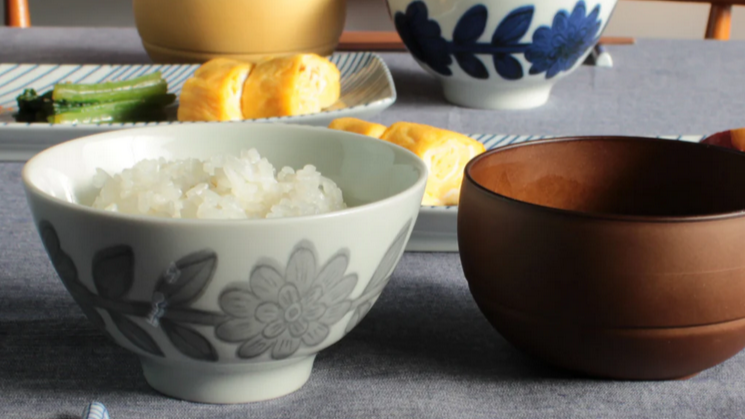
Tableware made in Japan comes in a wide variety of types according to traditional culture and dining styles. They have different characteristics depending on the material and use, and function to serve food and create the atmosphere of the meal.
These materials include traditional materials such as pottery, porcelain, and lacquer-ware as well as glassware.
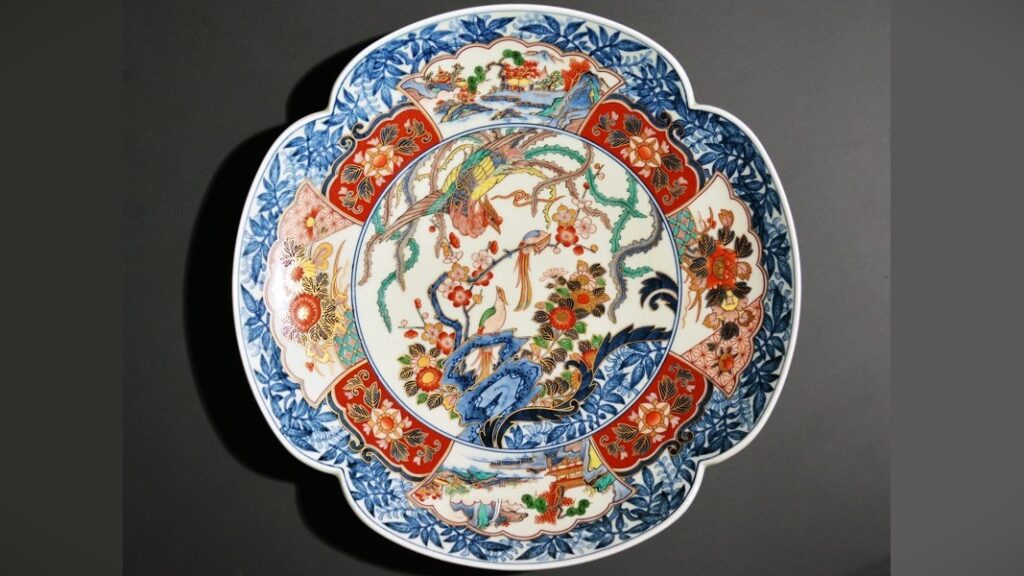
In addition, Japanese tableware can be categorized into two main types: (1) crafted and (2) daily use.
Crafted tableware focuses mainly on decoration and artistry, while daily use tableware focuses on practical use. On the other hand, everyday use tableware emphasizes practicality and functions as an item that adds sparkle to a meal.
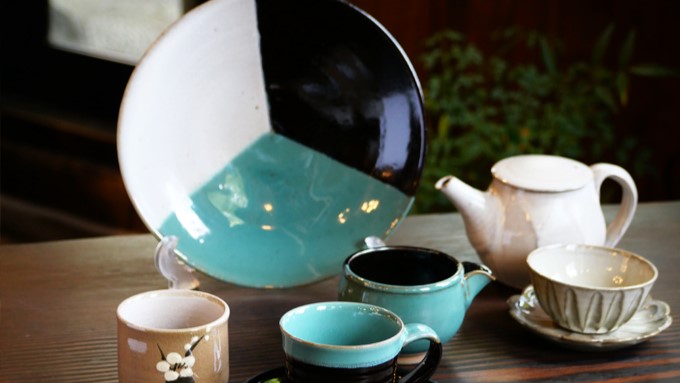
Another feature of Japanese tableware is that it can also be used universally in Western dishes. Some tableware made in Japan is harmonized with Western tableware while leveraging uniquely Japanese design and techniques.
Charm of Ceramics - Pottery and Porcelain
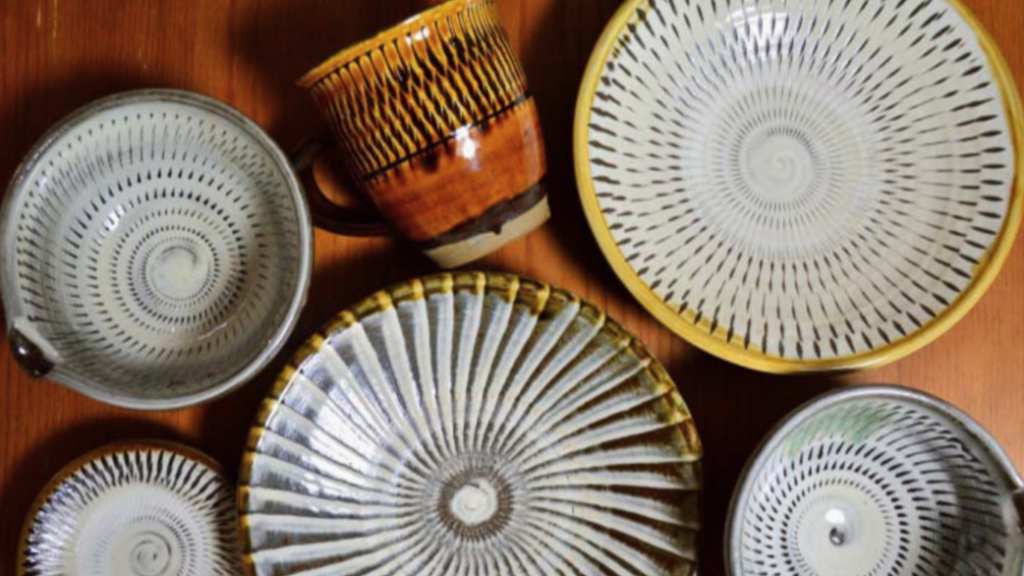
Japanese traditional ceramics is generally classified into two main categories:
- Pottery: made from clay
- Porcelain: made from stone
Pottery made of clay is recommended when you want to feel a sense of warmth because of its thick appearance, soft coloring, and rough surface. On the other hand, porcelain made of ceramic stone is more tightly baked than pottery. Its hard, thin, and smooth surface often gives a cool impression.
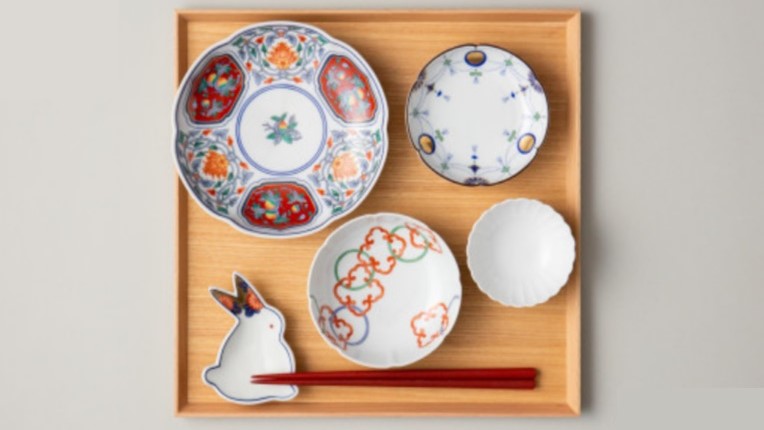
Because of the different impressions these ceramics give, in Japanese cuisine, pottery is often used in fall and winter, while porcelain is used in spring and summer.
These ceramics reflect the culture, history, and regional characteristics of Japan, and are popular as beautiful handicrafts and tableware that are familiar to people's daily lives.
The Ceramic History Began More Than 10,000 Years Ago
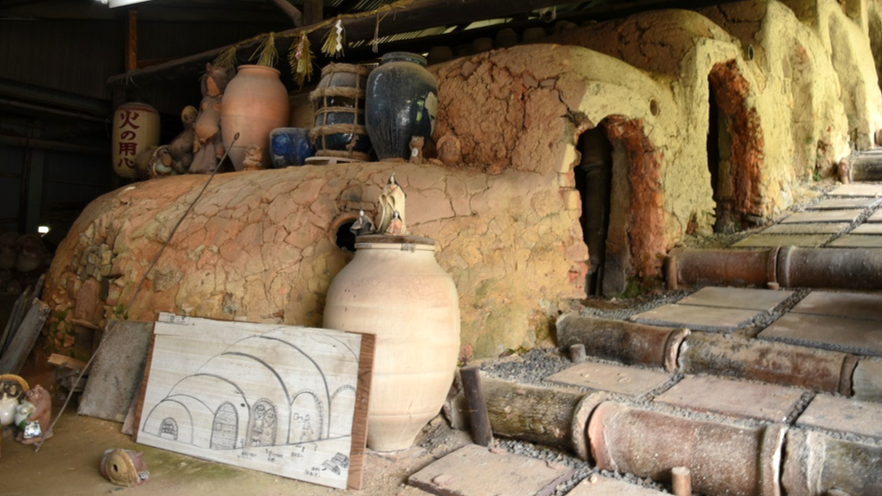
The history of pottery in Japan is believed to have begun about 12,000 years ago. In the 5th century, high-temperature fired pottery was introduced from Korea, and glaze technology was introduced in the 7th century. At the end of the 9th century, pottery production began at kilns known as the "Six Ancient Kilns" of Echizen, Seto, Tokoname, Shigaraki, Tanba, Bizen.
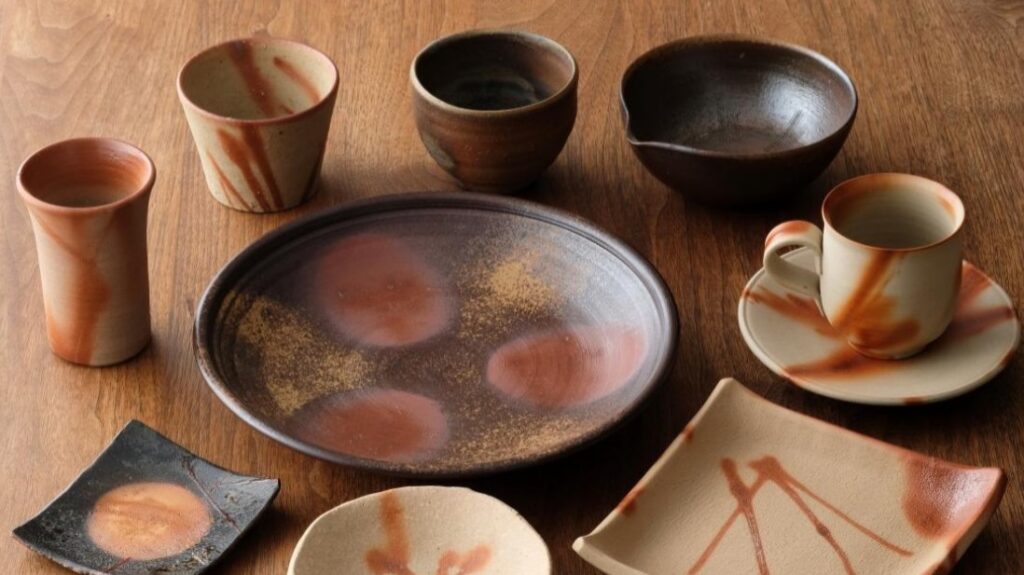
By the early 17th century, porcelain was successfully fired and its production methods spread throughout the country. Porcelain became popular as an everyday item, and Japanese ceramic culture became richer.
As time went by, various kilns were established in different regions, and different types of ceramics with different features were produced in each region. It is said that there are more than 60 ceramic production areas in Japan. It is quite rare in the world to find such a wide variety of clay used for pottery.
Charm of Lacquer-ware and Glassware
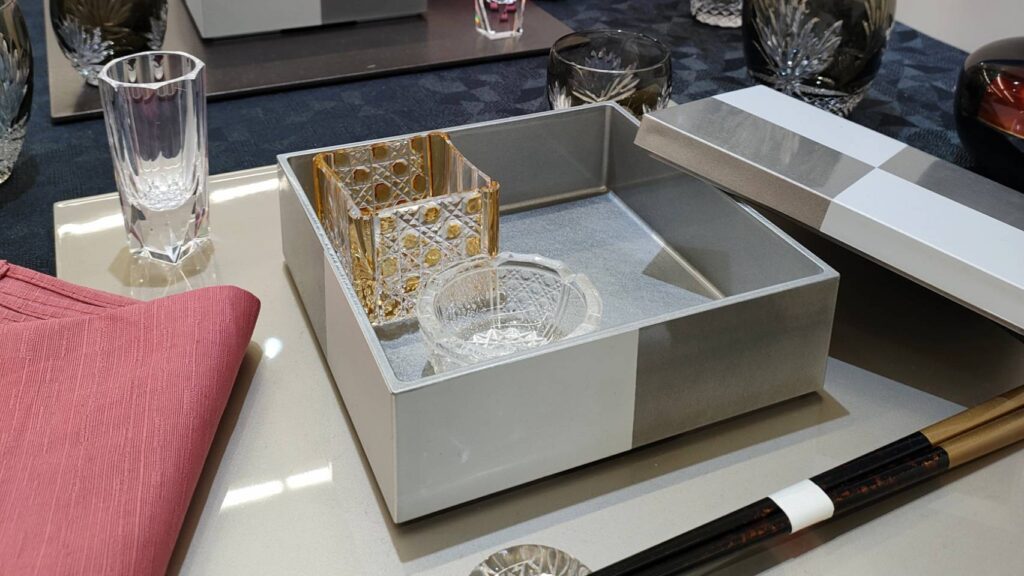
Lacquer-ware and glassware are also essential tableware in Japanese cuisine. Glassware serves to enhance Japanese cuisine with its transparency and coolness.
Compared to glassware, which is relatively new, lacquer-ware is a traditional Japanese craft with a long history. Lacquer-ware is made of wooden bowls coated with lacquer and is the fruit of advanced techniques and aesthetics. In Japan, lacquer is said to have been used for about 10,000 years. Its use spread to Buddhist temples and utensils in the 6th to 8th centuries, and the lacquer-ware industry began.
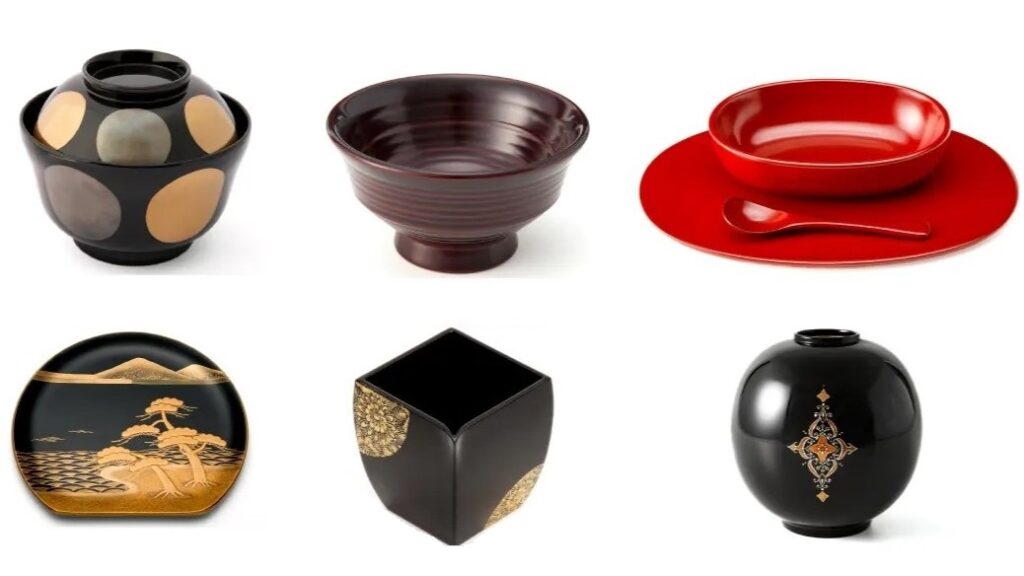
From the 12th to 16th centuries, the Japanese lacquer-ware industry developed further, and lacquer was used for tableware and household items for daily use by the noble and Samurai classes. From the 17th to the 19th century, production flourished nationwide, and each region produced its own specialty lacquer-ware. Demand increased in the 1960s and 1970s, and Japanese lacquer-ware became popular overseas as well.
Traditional Japanese Tableware and Modern Culture
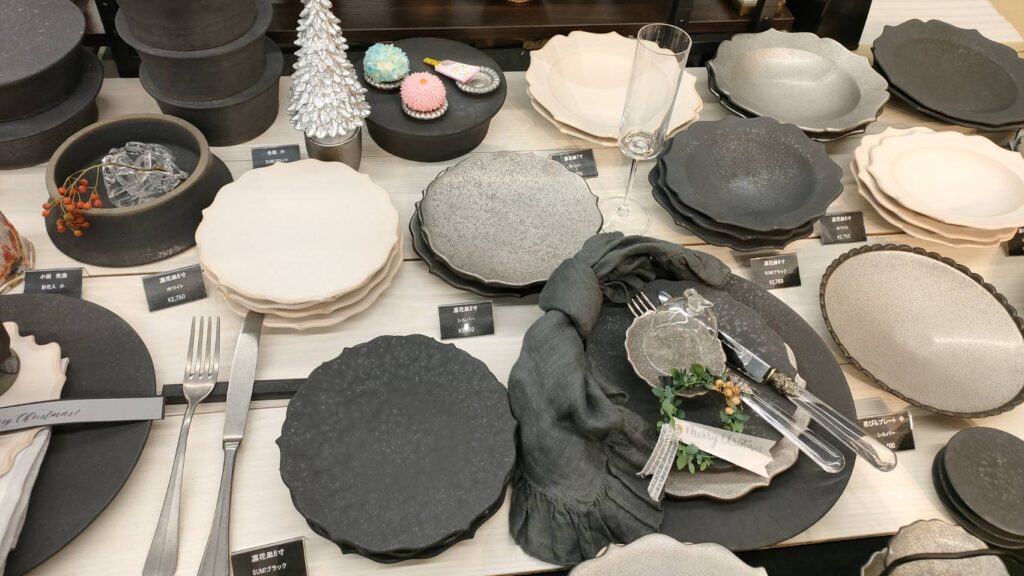
Tableware made in Japan is also a challenge to harmonize traditional techniques with modern elements. Traditional techniques are expressed through craftsmanship such as ceramics and lacquer work that have been handed down from generation to generation, creating beautiful and delicate pieces. Modern elements, on the other hand, incorporate the latest designs, trends, and new perspectives from the West to expand the possibilities of Japanese tableware.
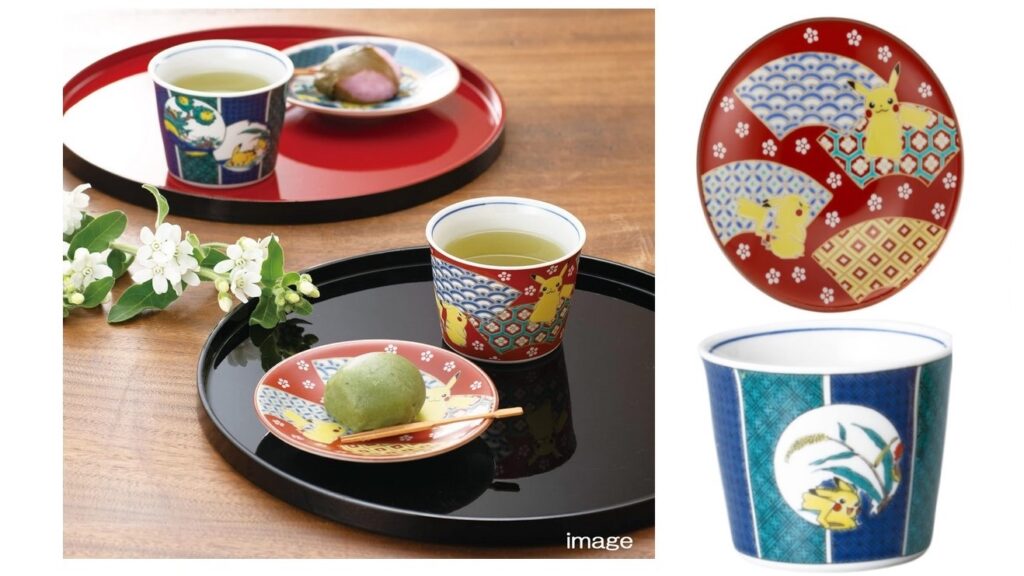
For example, collaboration between Japanese tableware and popular characters is a harmony of Japanese tradition and pop culture. Collaborations between "Kutani" porcelain and characters such as Pokemon and Hello Kitty have fused traditional porcelain with cute characters to create original and fun tableware.
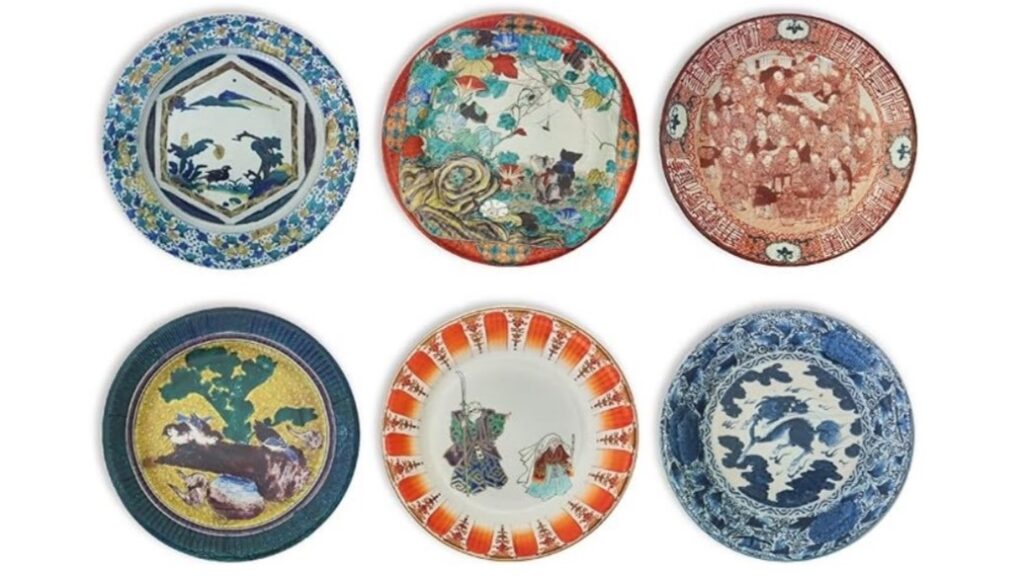
For those who are worried about carrying heavy and breakable ceramics home, we recommend the "Kutani" porcelain paper plate. This is a product printed on a high-grade paper plate featuring a masterpiece of Kutani porcelain, one of Ishikawa Prefecture's representative traditional crafts.
Where to Buy Japanese Tableware

Japanese tableware can be purchased at specialty stores and department stores. For example, Tokyo has many specialty stores in the "Omotesando" and "Aoyama" areas. You can also meet them at "Kappabashi" and "Tsukiji Outer Market".
In addition, not all department stores carry a large variety of Japanese tableware. For example, at the Mitsukoshi Department Main Store in "Nihonbashi", you can find various types of Japanese tableware in a large sales floor area.

When you bring the tableware home, bring them on the plane as carry-on baggage!
Shopping Concierge Specialized for Foreign Visitors to Japan

You can also use our shopping website ‘Japan Pick Up’. This is a service where we buy Japanese goods on your behalf and deliver them to your hotel where you are staying in Japan. If you don’t know what tableware you want to buy, we can make recommendations to meet your needs.
How It Works
Skip the souvenir stress and enjoy your Japan trip! Japan Pick Up is a convenient online souvenir shopping and delivery service for foreign visitors. Find the …
Unique Japanese Food Culture You Should Know When Selecting Tableware

The Japanese food culture of holding the plate with the left hand while eating is a unique feature in the world.
There are two types of Japanese tableware: (1) plates that may be lifted by hand and (2) plates that may not be held. Basically, if a plate is smaller than the palm of your hand, it is a "plate that may be lifted. On the other hand, a plate larger than the palm of your hand is a "plate you may not lift"!
Japanese tableware comes in a variety of types, sizes, and qualities, so it is important to choose a gift that meets the tastes of the person who will be using it. Select according to the purpose of use, budget, and the size of the user's hands.
Conclusion

For foreign visitors to Japan, tableware made in Japan is a valuable item to experience its dining culture and traditions. They make perfect gifts for you, family and friends as a memento of your trip to Japan.


